Animal migration is a spectacular natural phenomenon, with millions of creatures traveling thousands of miles to survive, reproduce, or find a better habitat. Under the protection of nature, many animals have demonstrated amazing migratory abilities. From migratory birds in the sky to whales in the ocean, migration is not only an important part of an animal's survival strategy, but also one of the core elements of the Earth's ecosystem. So, which animals migrate? Why do they migrate? And how do they complete this journey? This article will introduce the most famous migratory animals in nature in detail.
Migratory birds are the most typical representatives of migratory behavior. Every year, thousands of migratory birds fly from the cold north to the warm south to find suitable habitats and abundant food resources before winter comes.
Arctic Tern: Arctic terns have the longest migration route. They fly from the Arctic to the Antarctic, completing a trip around the globe, with a migration distance of tens of thousands of kilometers.
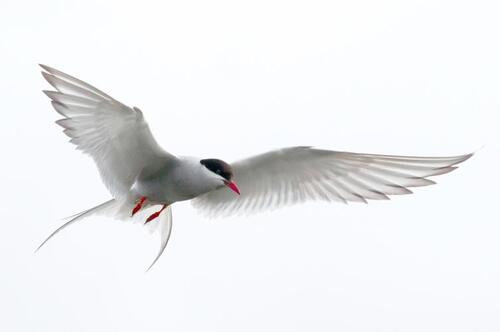
Flamingo: Flamingos migrate across Africa, South America, and South Asia, primarily in search of food and suitable breeding sites.
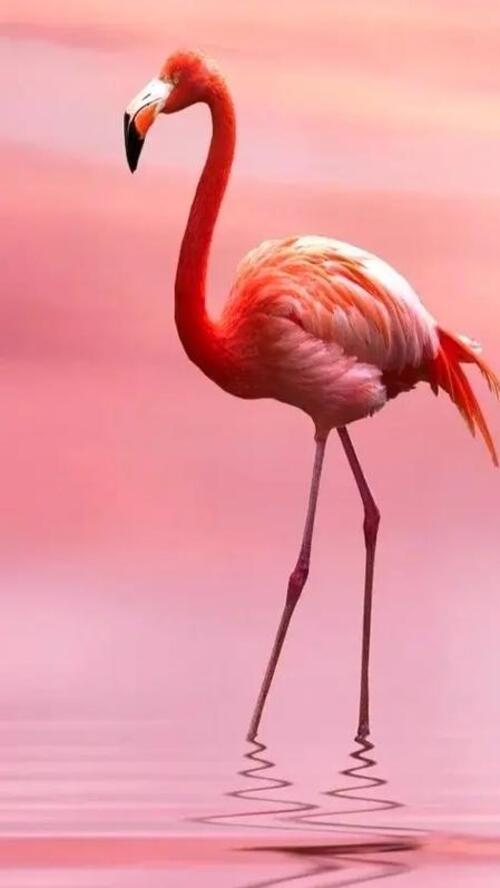
Geese: Geese migrate in spring and autumn every year, forming a "V"-shaped formation when flying, which not only helps reduce air resistance but also enhances teamwork.
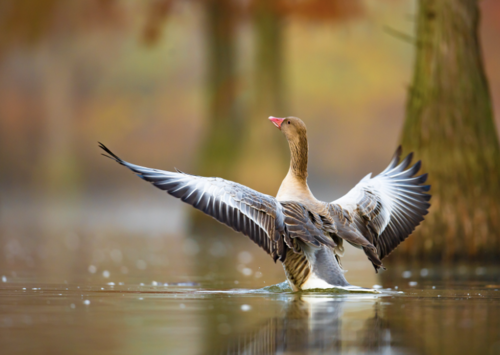
The main reason for bird migration is the change of climate and food. In the cold winter, the food resources in the north are exhausted, and birds need to fly to the warm south to survive the cold winter. As the temperature rises, migratory birds will return to the north to breed.
Whales are one of the largest marine mammals in the world, and they also have extremely long migration routes. Many species of whales migrate between seasons, swimming from the cold polar waters to the warm tropical waters.
Humpback Whale: Humpback whales migrate between the North and South Poles every year, breeding in warm waters during the breeding season and swimming to polar waters rich in plankton during the feeding season.
Gray Whale: Gray whales migrate about 20,000 kilometers, from the west coast of North America to the lagoons of Mexico.
Whale migration is mainly related to reproduction and foraging. They swim to the rich polar waters in the summer to feed and accumulate energy, and migrate to warm tropical waters in the winter to reproduce, ensuring that newborn whales grow in a warm environment.

Sea turtles are known for their amazing sense of direction and migrate long distances every year to find suitable beaches for breeding.
Green Sea Turtle: Green sea turtles travel thousands of kilometers every year, swimming back from their habitat to the beach where they were born to lay eggs.
Loggerhead Turtle: The migration route of loggerhead turtles crosses the Atlantic Ocean, from the coast of North America to the west coast of Africa, looking for suitable breeding sites.
The main purpose of sea turtle migration is to lay eggs. Female sea turtles return to the beach where they were born during the breeding season every year. This process is called "homing phenomenon" and is a magical instinctive behavior.
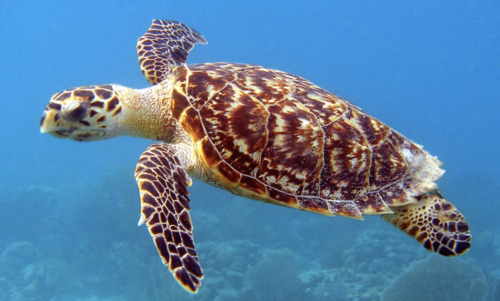
The migration of wildebeests on the African savannah is called the "Great Migration" and is one of the most spectacular natural phenomena in the world. Every year, more than one million wildebeests migrate from the Serengeti savannah to the Masai Mara National Park as the seasons change, and the entire process spans Tanzania and Kenya.
Large scale: Wildebeest migration is usually accompanied by thousands of zebras and antelopes, crossing dangerous rivers and grasslands together.
Life and death: During the migration, wildebeests need to face the threat of predators such as lions and crocodiles, as well as the harsh test of natural conditions.
Wildebeests migrate mainly to find fresh grass and water. With the arrival of the dry season, wildebeests will migrate north in groups, and with the arrival of the rainy season, they will return to the Serengeti grasslands in the south.
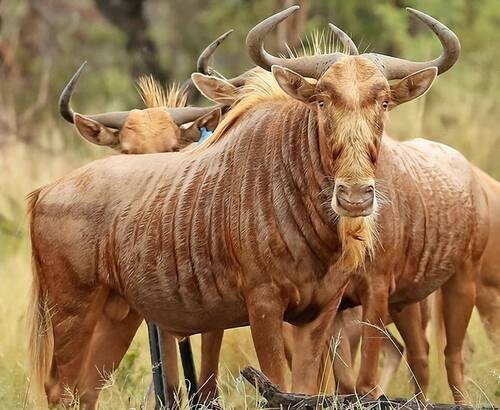
Reindeer are deer that live near the Arctic Circle. They migrate every winter and summer and are one of the most representative migratory animals in the polar regions.
Extreme environment: The environment for reindeer migration is extremely harsh. They need to cross the snow-covered wilderness and endure extreme low temperatures and storms.
Group migration: Reindeer migrate in large groups, spanning hundreds of kilometers, looking for suitable habitats and food resources.
Reindeer migrate mainly to avoid the cold winter and find food and breeding grounds. In summer, they migrate to the tundra area in the north, and in winter they migrate south to the forest area.
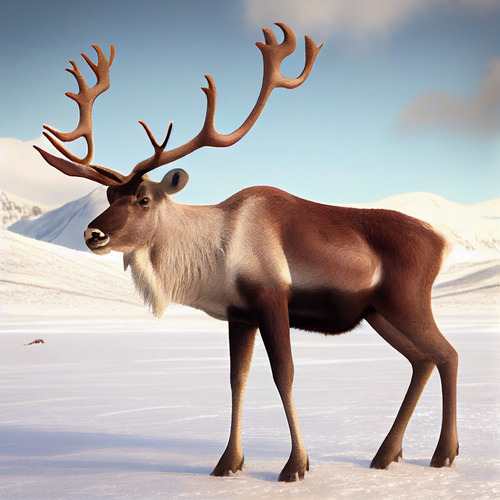
Monarch butterflies are the most famous migratory insects in the world. Every autumn, they migrate from North America to Mexico, making a long-distance flight of thousands of kilometers.
Multi-generational migration: The entire migration process of the Monarch Butterfly spans multiple generations. One butterfly cannot complete the entire journey, so the offspring will continue to complete the unfinished migration route.
Precise positioning: Monarch butterflies can accurately find specific mountains in Mexico, showing an amazing sense of direction and instinct.
The main reason for Monarch Butterfly migration is temperature changes. The cold winters in North America cannot sustain the survival of Monarch butterflies, so they migrate to the warm climate of Mexico to spend the winter.
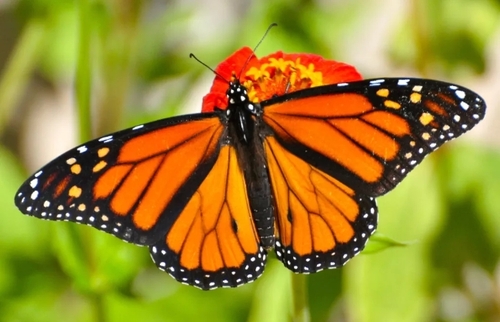
Salmon is a typical example of migration between freshwater and ocean. Every year, thousands of salmon return from the ocean to the rivers where they were born to spawn, and this migration behavior is very representative.
Upstream: During their migration, salmon need to swim upstream, crossing rapids, waterfalls and various obstacles to return to the freshwater rivers where they were born.
Life and death journey: Salmon migration is usually the last stage of their lives, and many salmon die shortly after spawning.
The purpose of salmon migration is to return to freshwater to spawn, and they rely on the specific environment in the river to ensure the survival of their offspring. This migration behavior ensures the reproduction and continuation of their population.
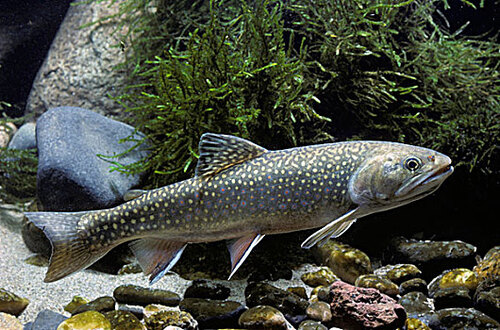
Migration is an amazing natural phenomenon in the animal kingdom. It not only demonstrates the wisdom and adaptability of animals in dealing with environmental changes, but also shows the complexity and interconnectedness of the earth's ecosystem. From migratory birds in the sky to whales in the ocean to wildebeests on land, each animal demonstrates their close interaction with the environment through migration.
animal tags: salmon monarch-butterflies reindeer wildebeest turtles whales geese flamingos Arctic-terns
We created this article in conjunction with AI technology, then made sure it was fact-checked and edited by a Animals Top editor.